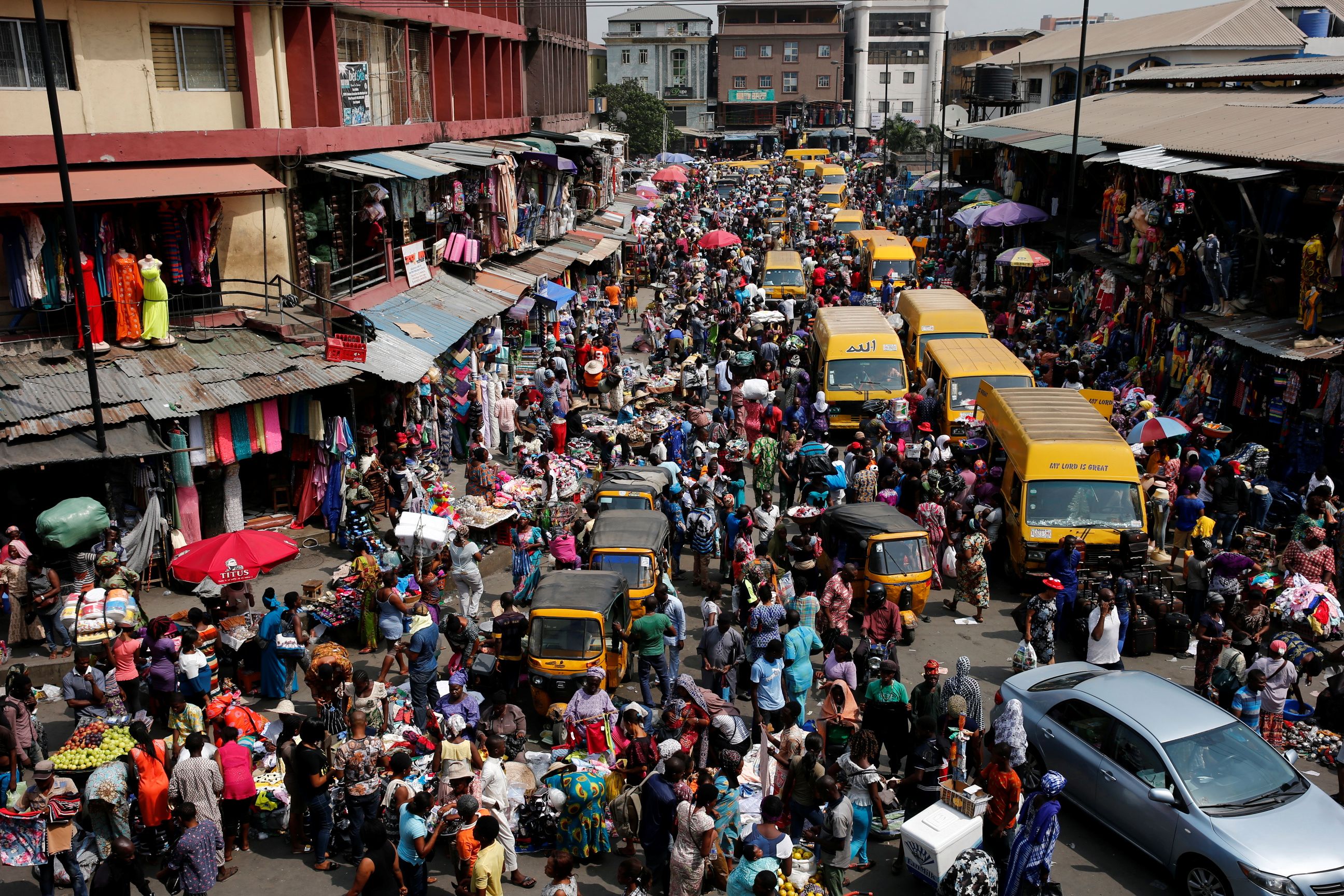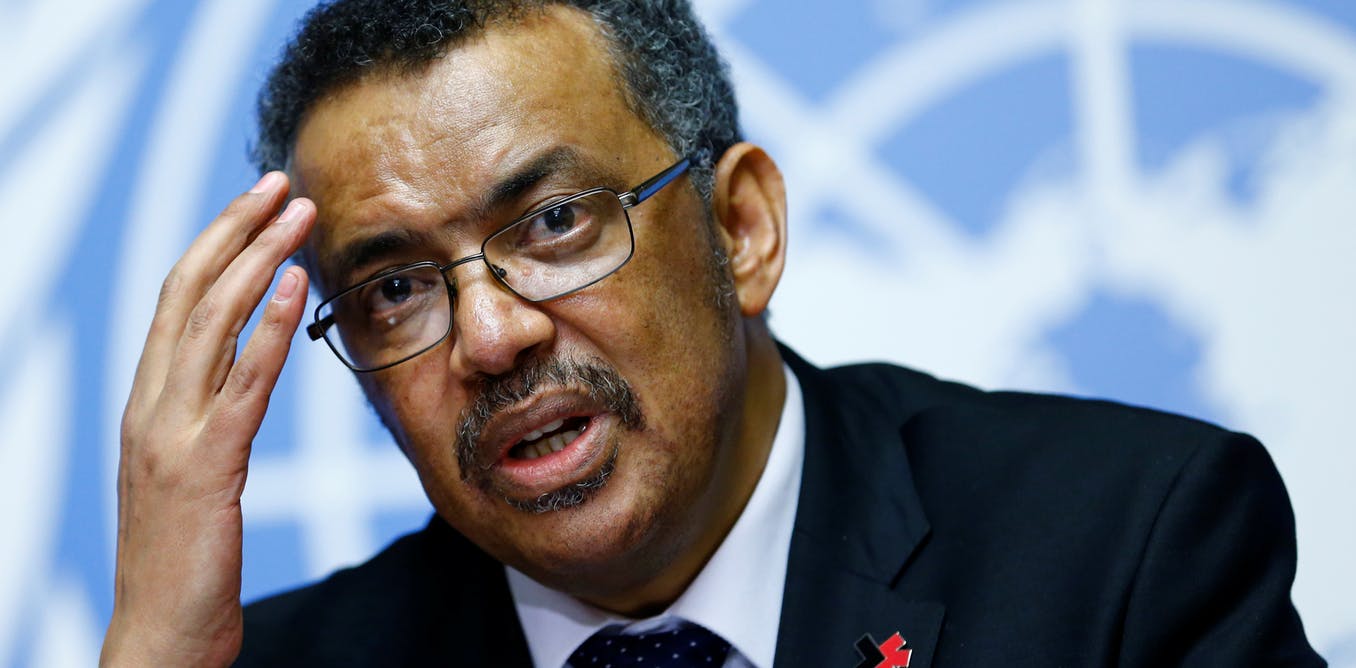The African Population and Health
Africa

is the world's 2nd largest and second most populated continent. At about 30 million kilo-meters square including adjacent islands, it conceals 6% of Earth's total surface area and 20% of its total land surface. Now, the current population of Africa at the moment is 1,280,591,948 as of Wed, April 11, 2018, based on the current estimates of the United Nations . the African population is now 16.64% of the total world's population.

Health Research

Many african girls and women experience menstrual problems due to limited knowledge and poor access to safe and affordable health care and materials,as a result of poor self-esteem and the lack of education, among others. There policy briefs based on field researches and feasible study to explore menstrual practices, and to investigate the suitability of the menstrual cup in Africa. This shows that some adolescent girls and women who participated in the use of approved menstrual cups and would like to continue using it because it's economical, convenient, easy , and safe to use.The use can lead to the promotion of reproductive-health and education-rights of young women.
The United Nations and Other Organisations have worked together for more than decades on a large range of projects, beginning with a major multi-country study on the need for prevention of STD s and unintended pregnancy in Subs Africa. African-led and Africa-based international research institute engaged in multidisciplinary, evidence-based policy research. Our researchers address important issues and challenges facing Africa in areas such as education, health.
Some Organisations and policymakers recognized that, the health systems in Africa were really ready to deal with the challenges, given the historical under-investment in the labs. Less than 1% of public sector labs on the continent were accredited, reflecting the poor state of its facilities, with the lack of trained personnel, and weak quality management systems. Some countries in Africa had limited capacity to diagnose some diseases, This required efficient diagnostic techniques. The continent had only one supranational laboratory for TB, which could not even respond to the demand from countries for support. Public health officials in Africa realized that lack of access to quality laboratory services contributed to misdiagnosis, leading to patients care being compromised, Unable to detect public health threats in time, leading to disease transmission and higher health-care expenses.

